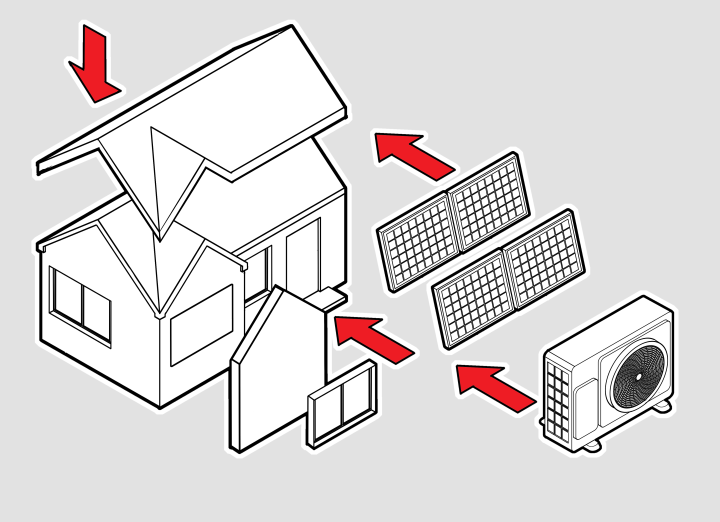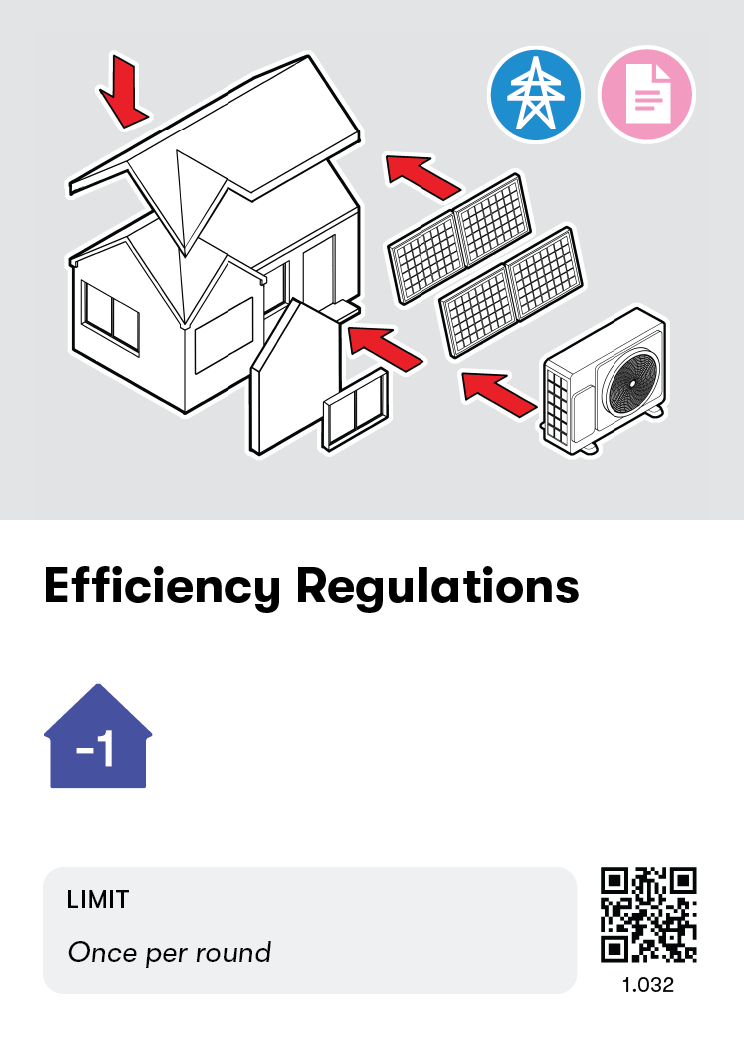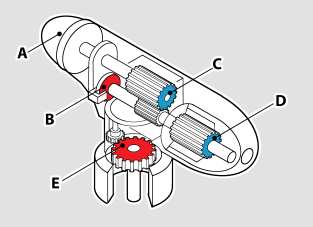Efficiency Regulations
Local Project
According to current targets, 40% of global emissions reductions needed by 2040 will be met by using electricity more efficiently. Sometimes referred to as the ‘first fuel,’ improving energy efficiency means finding ways to complete a given task (or achieve a given result) using less energy than before. This way, energy efficiency can provide extremely fast and effective emission reductions.
Governments can use regulations to set specific energy efficiency standards for energy generation, products, industrial processes, and buildings that reduce energy consumption. Setting standards work best when enacted alongside policy tools, including financing or loan programs and prioritization of public and social housing upgrades. Efficiency measures may also involve retrofitting projects: replacing lights with LEDs, for example, can reduce energy consumption by 60% or more, which helps lower emissions and energy bills.
Many countries already have some efficiency standards, but most don’t go far enough. While fines often exist for violating standards, the fines are often so low that utilities or manufacturers can easily afford to cover them as a business cost instead of improving their practices.
Many efficiency improvements are needed across the Majority World, where people often rely on relatively inefficient equipment, especially for industrial practices. These countries often lack resources for more efficient equipment and could benefit from foreign aid. This would, in turn save money, lower energy demand, and so reduce global emissions.
Efficiency measures may also involve electrifying your home or retrofitting projects: replacing lights with LEDs, for example, can reduce energy consumption by 60% or more, which helps lower emissions and energy bills.
Reduce your Energy Demand by 1.
You may take this action once per round.

Improve Industrial Energy Efficiency (Systems Change Lab)
Energy Efficiency (International Energy Agency, IEA)
How Energy Efficiency Will Power Net Zero Climate Goals (International Energy Agency, IEA)
Check that your appliances, lightbulbs or any other electrically powered items in your home, are all highly ranked in efficiency.
Encourage your employer to implement energy-efficient practices in the workplace, such as using energy-efficient lighting, equipment, and appliances.
If you’re able, reach out to your local representatives about setting stricter efficiency regulations in your community or country.
If you’re a renter, encourage your landlord to electrify your building.



